
Top 10 pagodas and temples to visit in Luang Prabang
- on Aug 27, 2024 By: Phuong Mai NGUYEN
Luang Prabang, the religious and spiritual capital of Laos, is renowned for its dense concentration of temples and pagodas within a small area. As the living heart of Laos' Buddhist tradition, the city boasts a rich religious heritage, earning it a UNESCO World Heritage designation. Here are the 10 most beautiful pagodas and temples you should visit in Luang Prabang.
Wat Xieng Thong (Monastery of the Golden City)

Built in 1560 by King Setthathirat of Lan Xang, Vat Xieng Thong is considered the most elegant pagoda in Luang Prabang and perhaps the entire country. With its sweeping roofs that nearly touch the ground and a golden wooden facade, it’s an architectural masterpiece of the city. Be sure to admire the mosaic of the Tree of Life, symbolizing the connection between the earthly and celestial worlds. Located at the confluence of the Nam Khan and Mekong rivers at the tip of the peninsula, this pagoda is best visited early in the morning to enjoy its serene atmosphere.
Wat Mai (New Monastery)

Erected by King Anourouth in the late 18th century and expanded in the 19th century under King Manthatourat, Vat Mai stands out with its five-tiered wooden roof and a remarkable golden facade depicting scenes from daily life in Luang Prabang. As the former temple of the royal family, it once housed the Phra Bang, the mystical national emblem of Laos. The Phra Bang is displayed in Vat Mai during the three-day Lao New Year celebration, Pi Mai.
Wat Visoun

Constructed in 1513 during the reign of King Visounnarath, Vat Visoun is the oldest active temple in Luang Prabang. Today, you can see only the brick version of the original wooden temple, which was burned by the Black Flag Army in 1887. Its main building (sim) is noted for its multi-layered roof, beautiful wooden baluster windows, Hindu-inspired gilded relief doors, and a rich collection of golden wooden Buddhas, including the largest seated Buddha in Luang Prabang.
Wat Sene Souk Haram (Temple of 100,000 treasures)
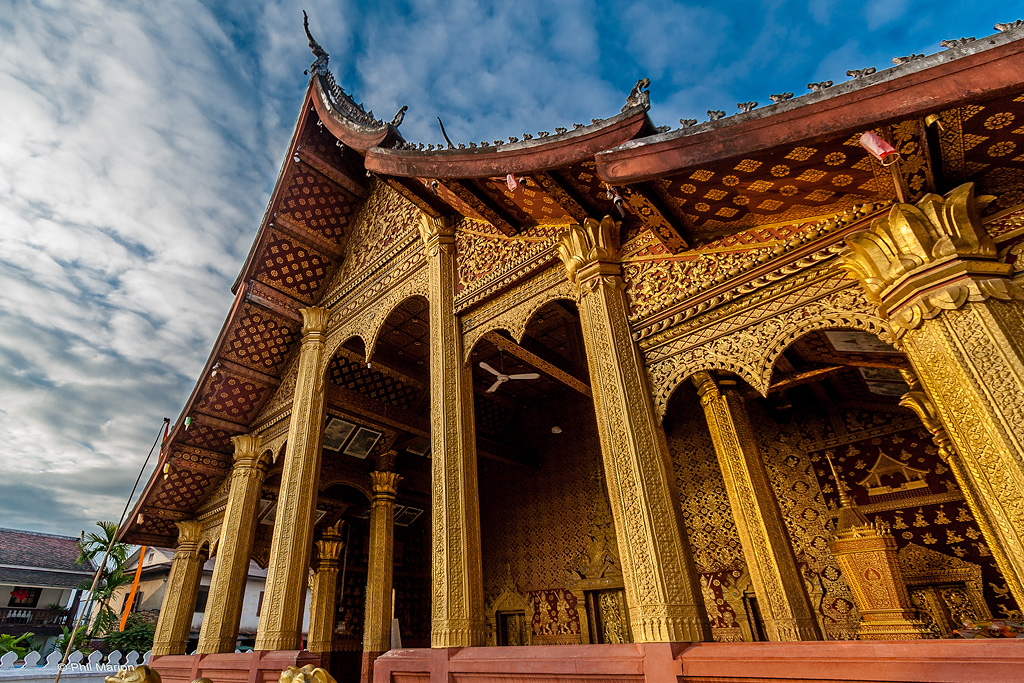
Built in 1718 by King Kitsarath with 100,000 stones from the Mekong River, Vat Sene Souk Haram was the first monastery in Luang Prabang. It stands out for its traditional Thai architectural elements, its restored ochre walls adorned with rich golden decorations, its intricately designed windows, and a delicate roof covered in glazed tiles. The temple houses two large ceremonial boats used during the boat racing festival, several sanctuaries and chapels, as well as living quarters for the monks.
Wat Pak Kham (Temple at the mouth of the Khan River)

This small temple, located at the confluence of the Nam Khan and Mekong rivers at the tip of the peninsula, exudes a certain charm as one of the few temples in Luang Prabang that has not yet been renovated. With its weathered walls, moss-covered roof, and cracked wooden details, it retains an authentic atmosphere. Monks live in the complex and are always happy to interact with visitors.
Haw Pha Bang
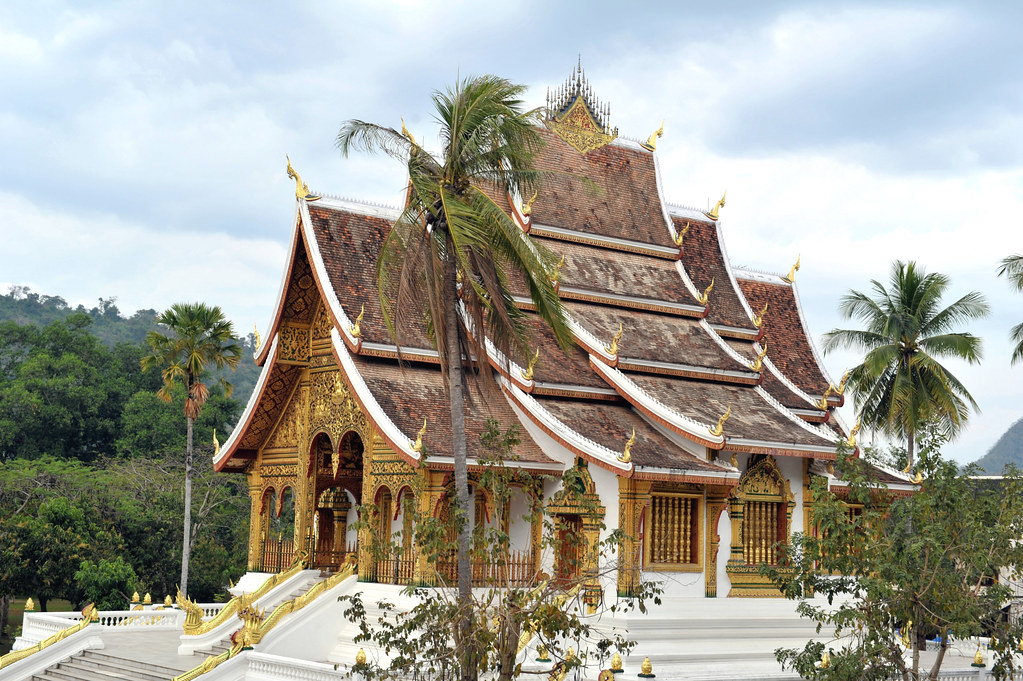
Situated within the National Museum grounds, the dazzling Haw Pha Bang pagoda was built in 2006 to house Laos' most important historical artifact, the Phra Bang. This national mystic emblem arrived in Lan Xang during the reign of Fa Ngum from Angkor and was instrumental in spreading Theravada Buddhism throughout the newly unified kingdom. During the Lao New Year celebrations, Pimai, the Phra Bang is paraded from Haw Pha Bang to Vat Mai in a grand procession.
Wat Xieng Mouane (Monastery of joyful sounds)
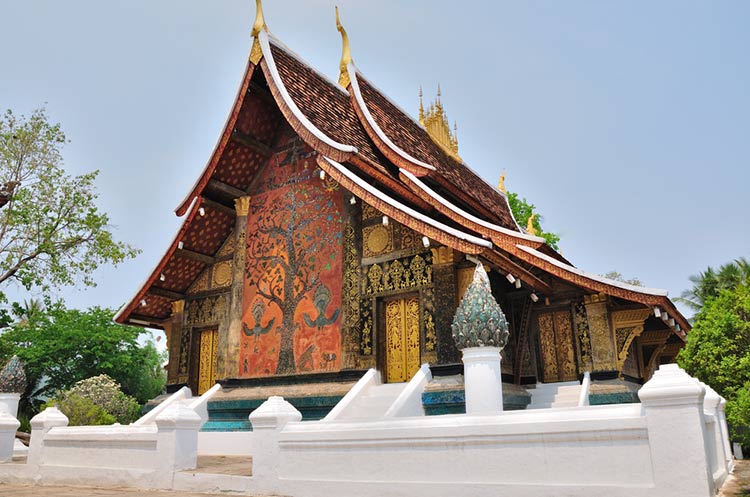
Believed to have been founded during the reign of King Chantarath (1851–1872), Vat Xieng Mouane is a key piece of Luang Prabang's beautiful temple collection. Its main building (sim) is distinguished by its complex golden decor, showcasing extraordinary artistic craftsmanship. The walls feature unique paintings depicting scenes from the life of Buddha, and the ceiling is adorned with golden nagas (mythical serpents) and a háang thíen (candle holder).
Wat Mahathat (Temple of the stupa)
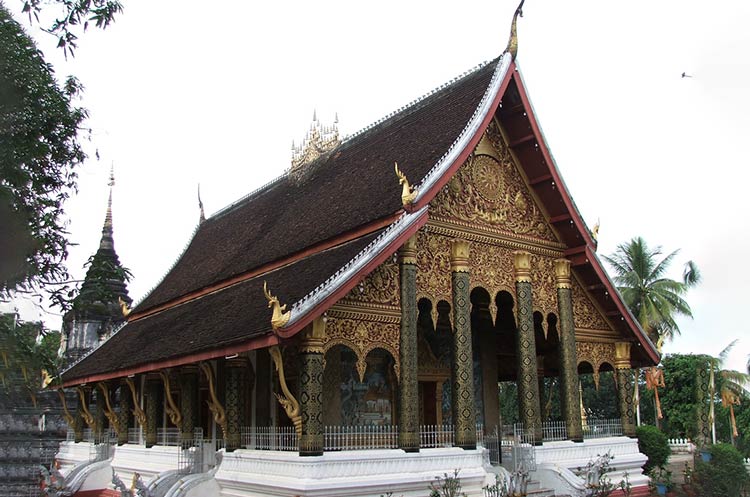
One of the most sacred pagodas in Luang Prabang, Vat Mahathat is where the city's elderly Buddhist monks gather during Pimai. Built in 1548 by King Say Setthathirath, the pagoda was destroyed by a storm in 1900 and later rebuilt. Its fragrant garden is home to three stupas, which hold the ashes of the last princes of the Lao royal family, who played crucial roles in the independence movement against French colonial rule.
Wat Phon Phao (Temple of tranquility)

Located on a hill southeast of Luang Prabang overlooking the Nam Khan River, Vat Phon Phao stands out with its octagonal architecture. Built in the 1950s, this unique temple is also renowned for its exceptional interior decoration. The temple offers a beautiful panoramic view of Luang Prabang.
Wat Choum Khong (Temple at the heart of the Gong)

A charming small temple with a lovely garden filled with blooming bougainvillea, adding a fragrant and calming touch. Built during the reign of King Soukhaseum in 1843, Vat Choum Khong is distinguished by two beautiful stone statues of Chinese inspiration that flank the steps leading to the Vihan, the worship hall. Next to Vat Choum Khong, you can also visit Villa Xieng Mouane, the former home of a prince.
TOLUNHA
Related articles:
>> What to do in Luang Prabang in 1, 2, 3, or 4 days?
>> Discover A Tak Bak Morning Alms Giving Ceremony in Luang Prabang
>> When to go to Laos? Climate, seasons, and weather in Laos
Comment
Other Blog
Categories
Latest News
on 31 Dec, 2025
on 31 Dec, 2025
 Español
Español Français
Français






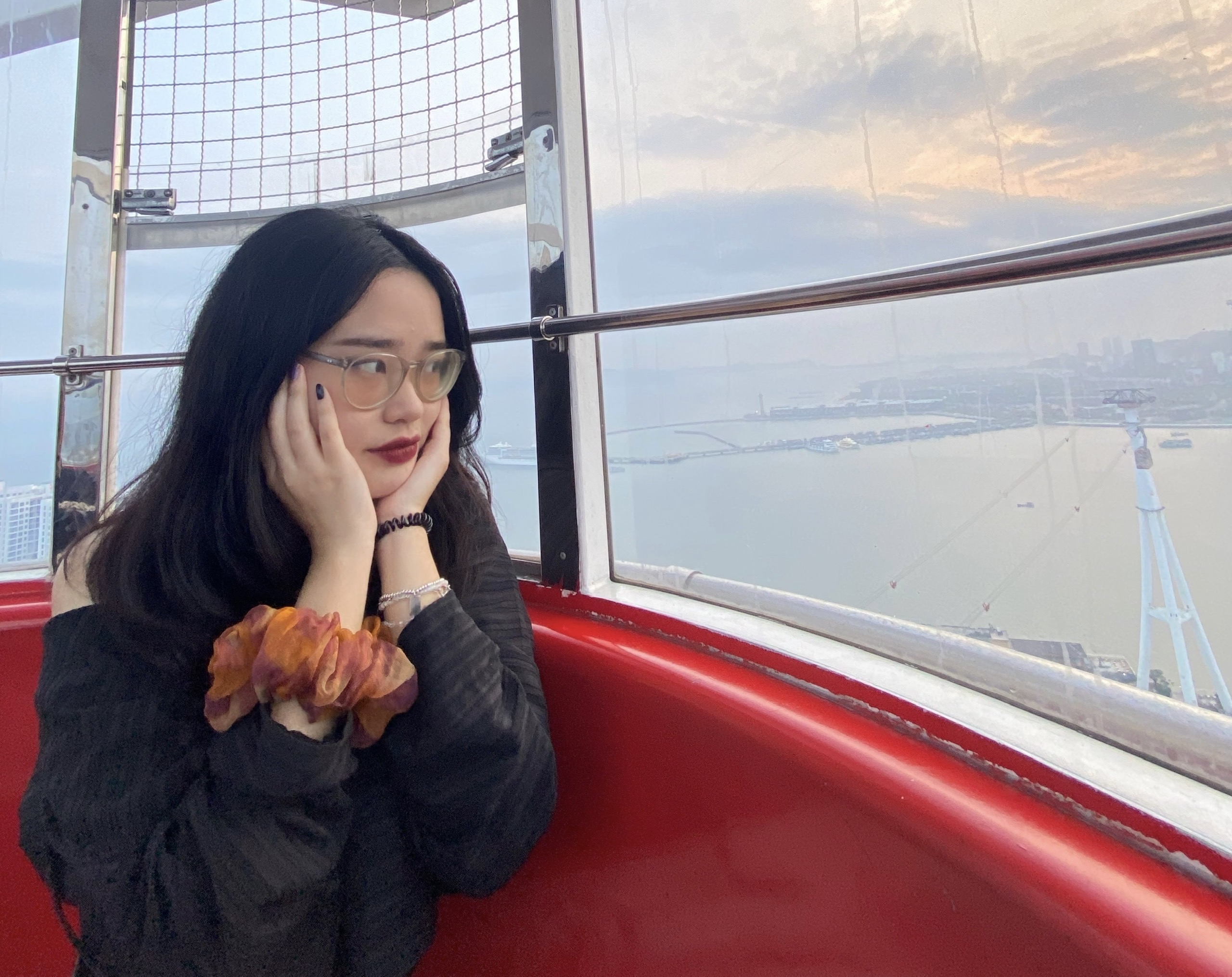

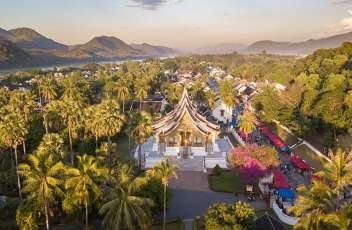











Morgane Ter Cock
on Dec 18, 2025HerbertPhomaMS
on Oct 19, 2025Lilyan Cuttler
on Oct 15, 2025Avenue17XC
on Sep 14, 2025Avenue18JL
on Jul 21, 2025